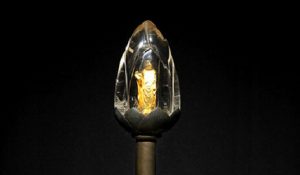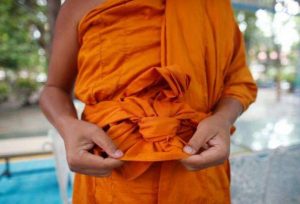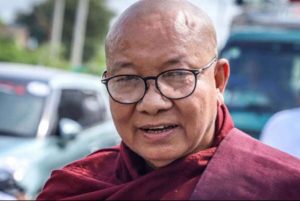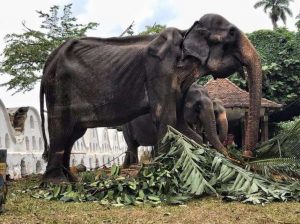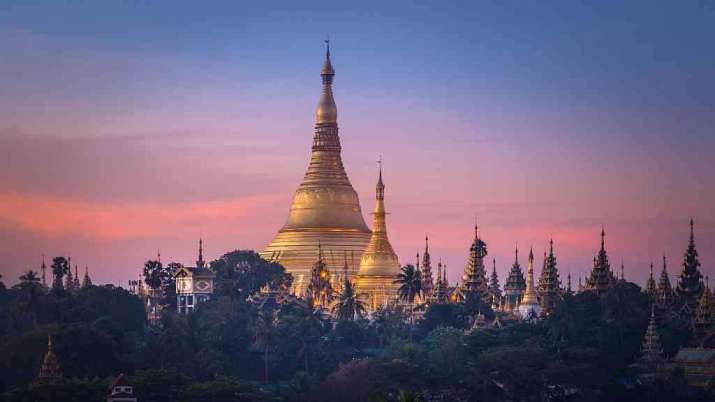
The Centre of Buddhist Studies (CBS) at the University of Hong Kong hosted an online four-part lecture series on 15, 22, and 29 January, titled “Buddhism in Myanmar.” The main speakers were Ven. Dr. Khammai Dhammasamai, Dr. Aliex Ruiz-Falques, Ven. Nyanasami, and Dr. Pyi Phyo Kyaw. The lectures provided a fresh perspective on Buddhism in Myanmar, its history, and Pali scholarship over the centuries.
As a CBS staff member, I joined every lecture to learn more about the Burmese expression of Theravada Buddhism. Ven. Dhammasamai gave a lecture titled “An Overview of Buddhism in the Republic of the Union of Myanmar.” Dr. Ruiz-Falques and Ven. Nyanasamilankara delivered a talk on “Pali Studies in Myanmar,” and Dr. Pyi Phyo Kyaw discussed the topic of “Meditation in Myanmar.” She was also supposed to have given the fourth and final lecture, “Living Tradition of Abhidhamma Studies in Myanmar,” on 5 February, but it was canceled due to the military coup that unfolded in Myanmar during the month.
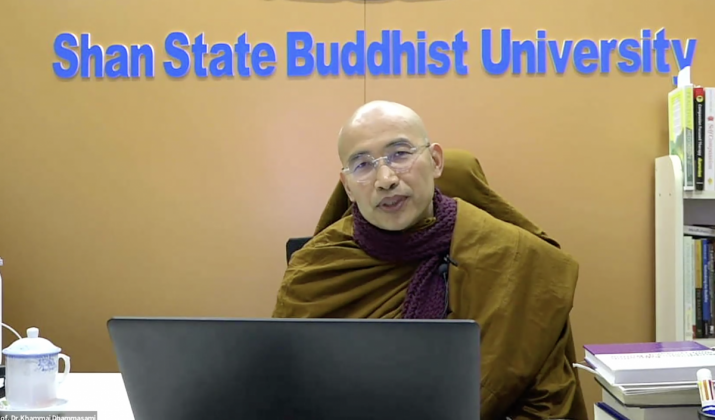
Ven. Dhammasamai is the rector of Shan State Buddhist University (SSBU). He earned three master’s degrees in Sri Lanka and a doctorate at Oxford University, where he worked on the history of monastic education in Thailand and Burma under Prof. Richard Gombrich. Dr. Ruiz-Falques is serving as a lecturer in Pali and head of the Department of Pali and Languages at SSBU. His main field of research is the Pali tradition in Myanmar, with a focus on grammatical literature and scholastic traditions. He is a regular translator of Pali and Sanskrit works into the Spanish and Catalan languages. Ven. Nyanasamilankara is a lecturer of Pali and director of the Publication Office at SSBU. In addition to his teaching duties, Ven. Nyanasamilankara is working on doctoral research at SSBU. Finally, Dr. Pyi Phyo Kyaw is dean of academic affairs and lecturer of Theravada studies at SSBU. She is also a visiting senior research fellow at King’s College, London.
In the first lecture, Ven. Dhammasamai gave an overview of Buddhism in Myanmar from a historical perspective, and how it has been influenced by Burmese Buddhism’s own self-understanding. He eloquently explored how Buddhism has endured over the centuries, from its introduction to its contemporary situation in the country. He began with the origin of Buddhism in India: while there is no conclusive evidence as to whether Buddhism reached present-day Myanmar during the time of the Buddha, Ven. Dhammasamai cited the Burmese oral tradition, which testifies to several visits made by the Buddha to the region now known as Myanmar. He presented various pieces of archaeological evidence to demonstrate how the people of the region had established many shrines that coincide with the Buddha’s recorded visits.
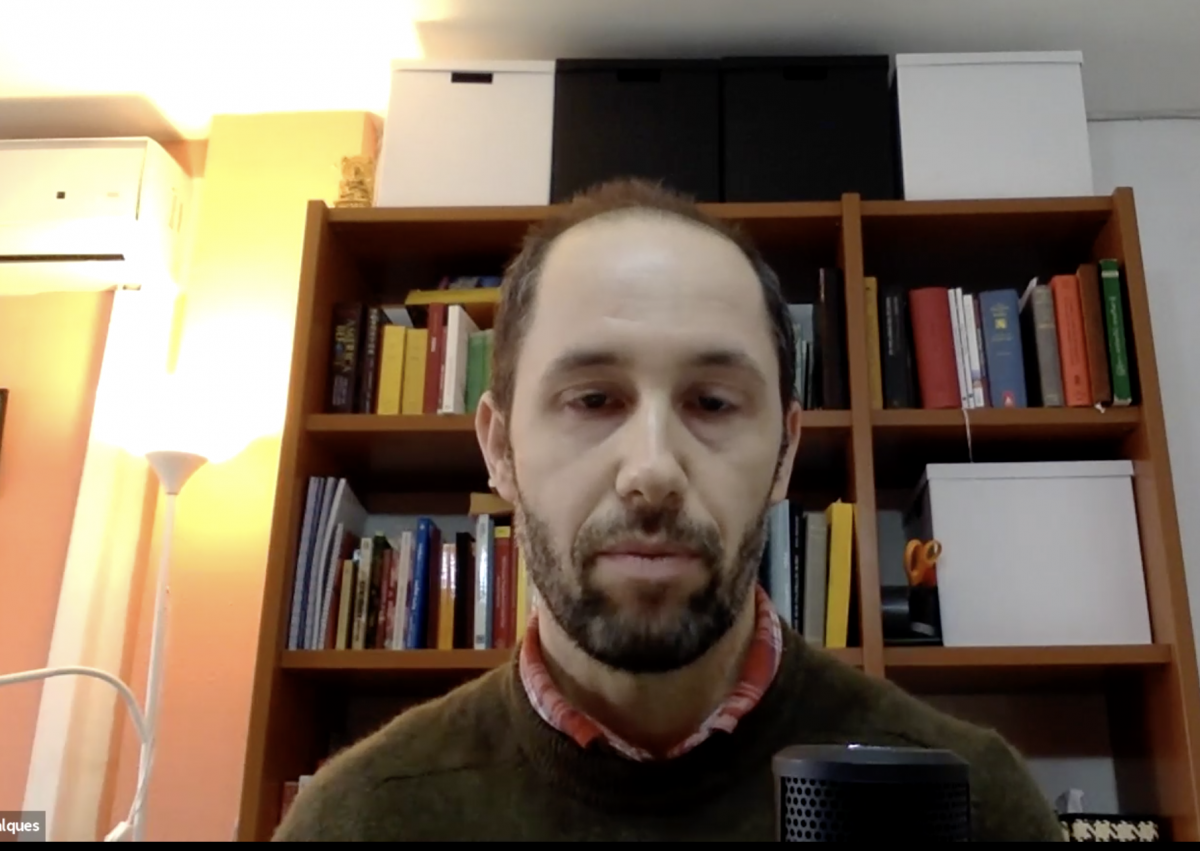
Scholars of historical criticism dismiss stories of the Buddha’s journeys to Myanmar. But it seems that Ven. Dhammasamai remained eager to trace their adoption of Buddhism to its founder’s days. Although he highlighted the existence of Theravada Buddhism in Myanmar, he largely ignored the Mahayana and Tantric Buddhist forms that flourished in some parts of Myanmar before the introduction of the Theravada tradition by King Anawrahta (r. 1044–77). Evidence shows that before the reign of Anawrahta, some forms of Mahayana and Tantric Buddhism developed from the Pala kingdom in Bengal. These Bengali Mahayana and tantric traditions exerted significant influence in the region. But when Theravada was introduced en masse in the country, Mahayana and tantric Buddhism gradually disappeared.
According to the Pali Mahavagga, the merchants Trapusa and Bahalika were the first lay disciples of the Buddha. Unlike other accounts of the traders, like those from Central Asia (which assert that they hailed from present-day Afghanistan), the Myanmar tradition maintains that they came from Ukkala, present-day Okkalapa near Yangon, or India’s Orissa. While traveling, they saw the Buddha meditating under a tree and offered rice cakes and honey to him. They took refuge in the Buddha and in the Dhamma (the Sangha, the third refuge, did not yet exist).
The introduction of Buddha images as an alternative to the Buddha’s presence in Myanmar is also significant. It is said that after their encounter with the enlightened one, Trapusa and Bahalika asked the Buddha for an object to worship and he gave them hairs from his head. After they returned from their journey, they enshrined the hairs in a stupa on which the great Shwedagon Pagoda in Yangon was built.
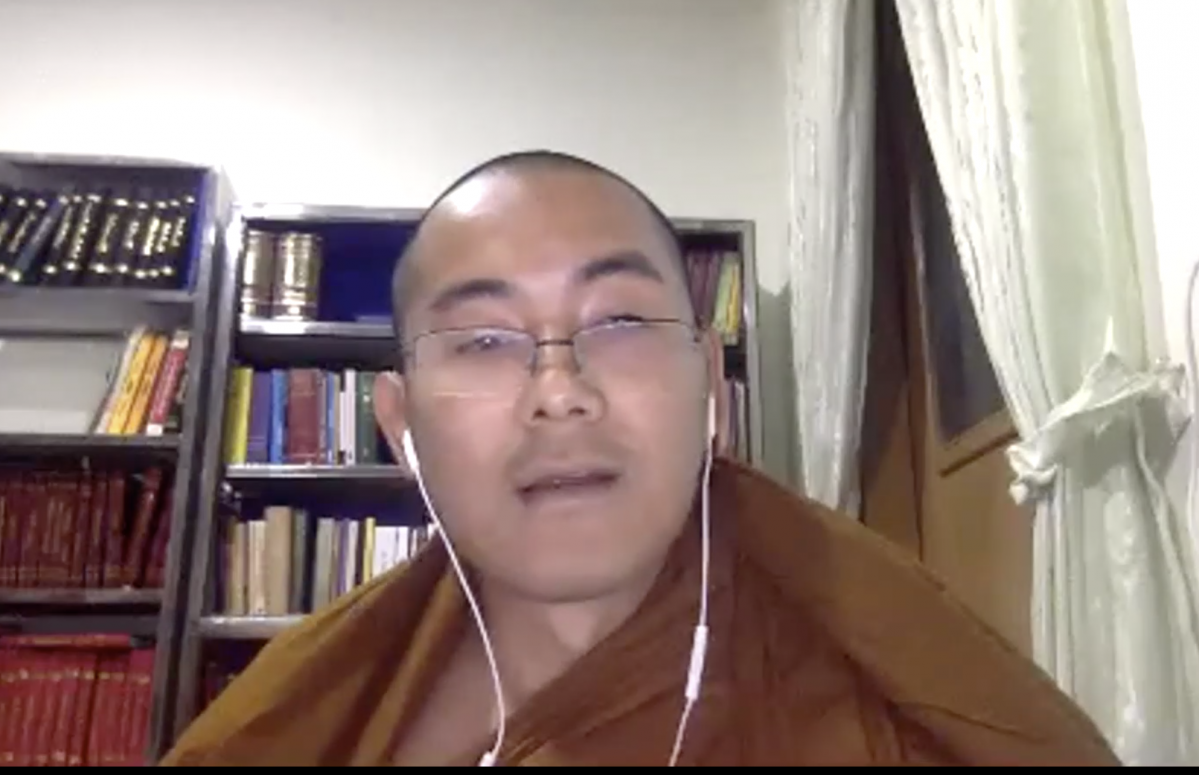
The use of Buddha statues is also found in the chronicles of Buddhism in Myanmar, which assert that the Buddha visited Arakan during the reign of Candrasuriya, king of Dhannavati, to preach the Dhamma for one week. Before the Buddha departed, the king requested that he leave an image to worship in his absence. The Buddha assented and an image was built and consecrated as Mahamuni. The image remained in its original location until 1784. During the rule of king Bodawpaya (1745–1819), the image was transported to Mandalay and enshrined in a special pagoda.
According to the Sasanavamsa—a record of the history of Burmese Buddhism—a merchant called Punna from Sunaparatna—traditionally identified with Aparanta in Myanmar, which is on the bank of the Irrawaddy River near Pagan, but scholars Bhikkhu Bodhi and Nanamoli say is in Maharashtra, India—went to Sravasthi on business and heard a discourse of the Buddha there. According to the Punnovada Sutta of the Majjhima Nikaya and the Punna Sutta of the Samyutta Nikaya, after being converted and ordained, he returned to his native home, gathered disciples, and built a monastery out of red sandalwood. The Buddha visited and spent a week there, accompanied by 500 arahants. The Myanmar tradition claims that he left behind a footprint for veneration by a river called Nammada, near Saccabandha Mountain. Another footprint was left in the rock of the mountain, which became an important place of pilgrimage.
In the second lecture, Dr. Ruiz-Falques and Ven. Nyanasamilankara presented a summary of Pali studies in Myanmar; the origins, development, and current implementation. Dr. Ruiz-Falques shed light on Pali scholarship that flourished during the Pagan period (1054–1287), while Ven. Nyanasamilankara focused on how Pali is currently being studied. He discussed two prestigious monastic examinations, the Thamane Kyaw and Alankara degrees. Dr. Ruiz-Falques’ conclusion was notable: “When we look for Pali scholarship in the early history of Myanmar, we do not find textbooks like those that we use today, we do not find translations, we do not find ‘original’ manuals of Theravada Buddhism. We find a living Pali tradition that looks at Pali from the Pali, being the only language of culture, together with Sanskrit.” (Pali Scholarship in Myanmar, PPT, 63)
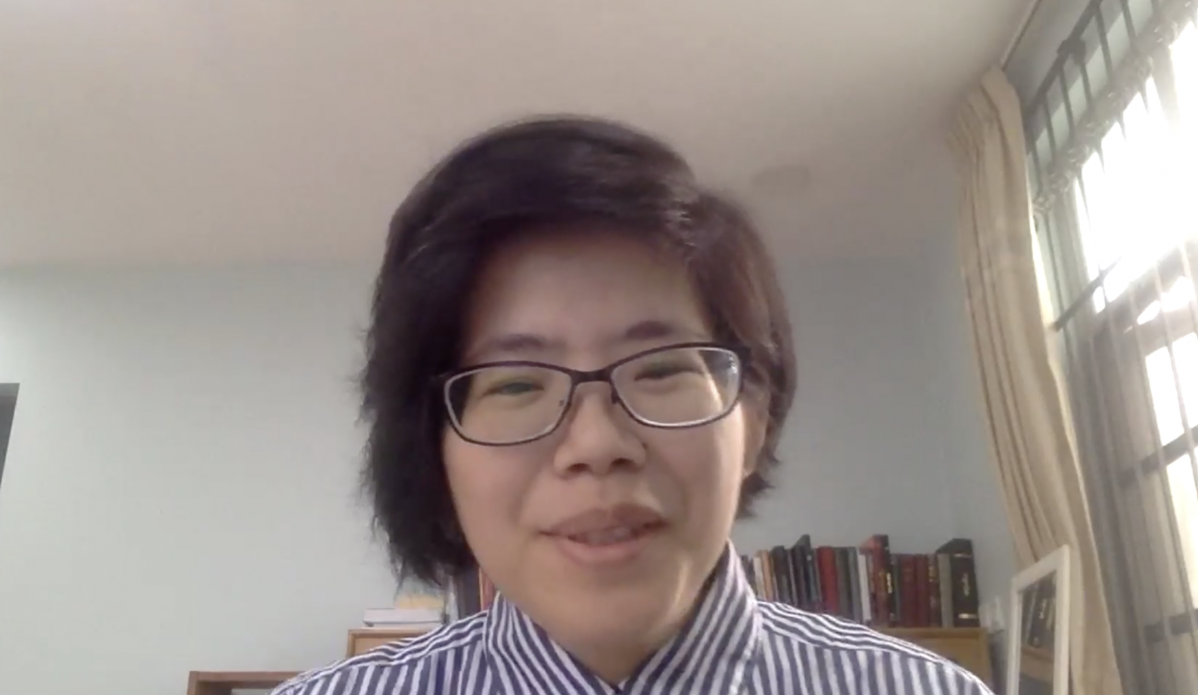
In the third lecture Dr. Pyi Phyo discussed meditation practice in 19th century social, political, and cultural contexts. Dr. Pyi Phyo introduced a number of meditation masters, including Ledi Sayadaw U Nana (1846–1923) and Mula-mingun Jetavana Sayadaw U Narada (1869–1955), and examined the variety of meditation traditions within Myanmar. Burmese meditation boasts a wide range of techniques and practices. Dr. Pyi Phyo wanted to overturn the monolithic representation of what has come to be known under the umbrella term “Burmese Vipassana meditation.”
Although Buddhism faces numerous challenges in Myanmar today due to political instability, it is actually making headway among the general population. The practice of meditation has become very popular, with local and international courses frequently held. HKU CBS’s online lecture series did a fantastic job in highlighting the richness of the cultural and intellectual heritage of this regional expression of Buddhism.








